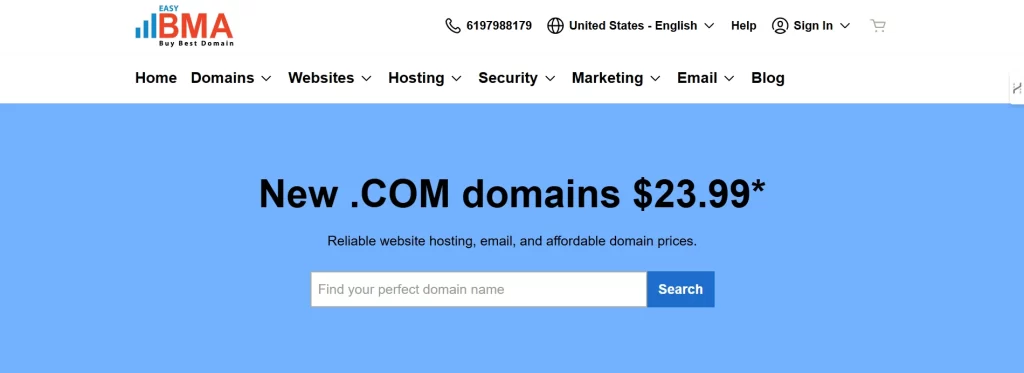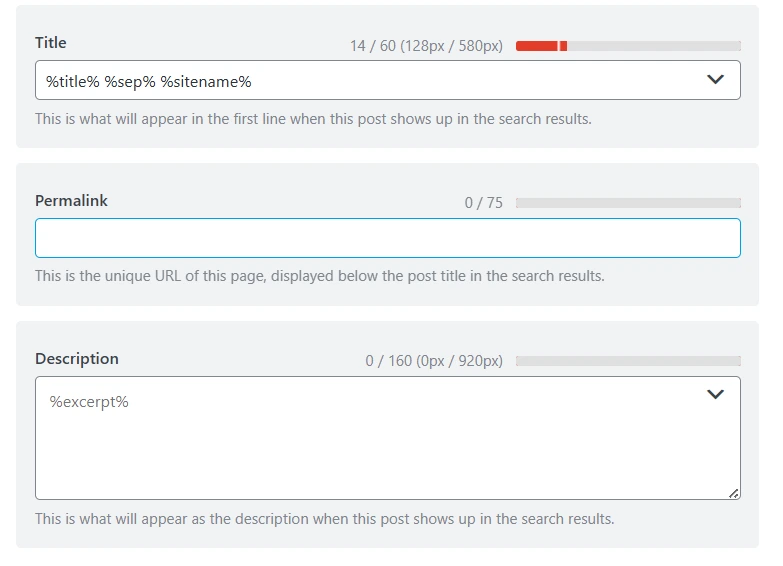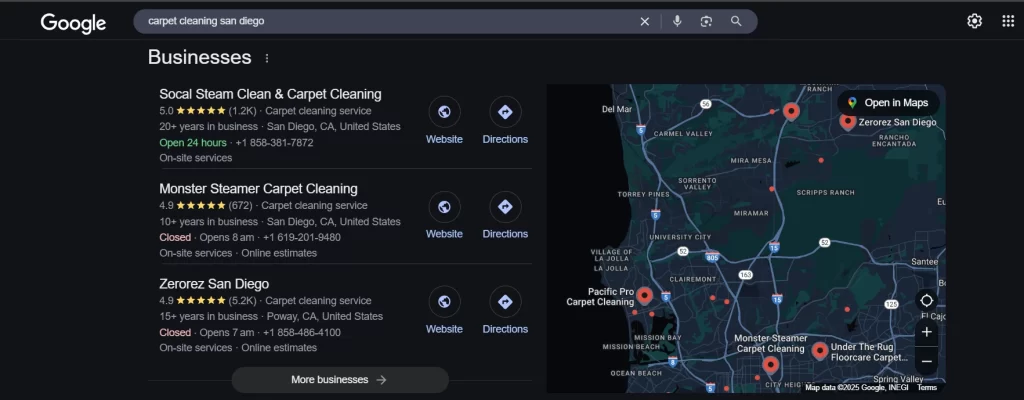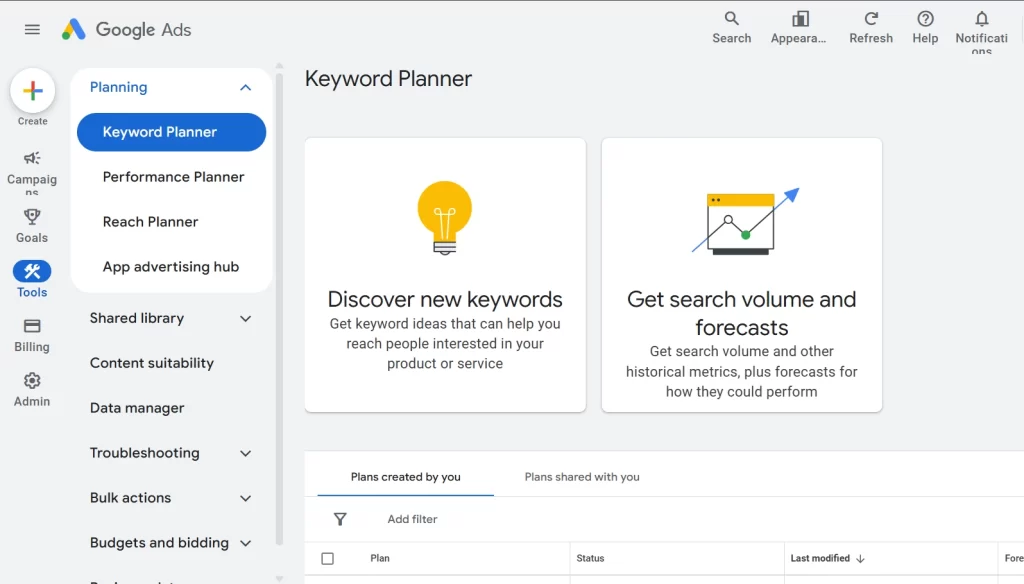Imagine a homeowner searching online for ways to remove a tough carpet stain. Will they find your blog—or your competitor’s?
A well-optimized blog post can make all the difference, helping your carpet cleaning business show up in search results and attract more customers. But writing an SEO Friendly post isn’t just about stuffing keywords; it’s about crafting valuable, engaging content that answers real questions.
For carpet cleaning websites, SEO Friendly blogs drive organic traffic, establish authority, and convert readers into customers. In fact, according to 99firms, 93% of online experiences begin with a search engine.
This guide will walk you through how to write SEO Friendly blog posts for carpet cleaning websites, ensuring they rank well and provide genuine value to readers.
Steps to Write SEO Friendly Blog Posts for Carpet Cleaning Websites
1. Select the Right Domain and Hosting

Before you start blogging, choosing a reliable domain and hosting for a cleaning company is crucial for SEO. A slow-loading or frequently offline website can negatively impact your rankings. Here’s what to consider:
- Choose a domain that includes your business name or main keyword (e.g., CarpetCleaningExperts(dot)com).
- Opt for a fast and secure hosting provider like BMAeasy, SiteGround, Bluehost, or Kinsta.
- Ensure SSL certification (HTTPS) for better security and SEO.
- Check for uptime reliability and customer support.
A well-structured website with reliable hosting ensures a smoother user experience, which Google prioritizes in rankings.
2. Find the Right Keywords for Your Blog
Keyword research is the foundation of SEO. Without the right keywords, your content may not reach your target audience. If you don’t target relevant keywords, you could miss out on potential traffic and leads.
Effective keyword research ensures that your blog aligns with what people are actually searching for. A Databox survey shows that 70% of marketers believe SEO is more effective than PPC for driving traffic. Here’s how you can find the best keywords for your carpet cleaning blog:
- Focus on long-tail keywords: These are more specific and often have lower competition. Examples include “best eco-friendly carpet cleaning solutions” or “how to remove pet stains from carpets.”
- Use keyword research tools: Platforms like Google Keyword Planner, Ahrefs, and Ubersuggest help identify relevant, low-competition keywords.
- Understand search intent: Identify whether your audience is looking for informational content (e.g., “DIY carpet cleaning tips”) or transactional content (e.g., “carpet cleaning services near me”).
- Incorporate local keywords: If you run a local carpet cleaning business, adding location-based keywords (e.g., “professional carpet cleaning in San Diego”) can help attract nearby customers.
- Analyze competitors’ blogs: Review the top-ranking pages for your keyword and determine how you can improve on their content with more detail, better formatting, or added value.
3. Optimize Blog Titles and Meta Descriptions

Your title and meta description play a huge role in attracting readers from search engine results pages (SERPs). They influence click-through rates, which impact search rankings. A poorly optimized title can result in fewer clicks, even if your content is high-quality. Google’s first-page results capture 71-92% of search traffic clicks (Backlinko).
Here’s how to create compelling titles and meta descriptions:
- Keep blog titles under 60 characters or 580 pixels and include the primary keyword naturally. Example: “10 Carpet Cleaning Tips to Remove Stains”
- Meta descriptions should be under 160 characters or 920 pixels and summarize the blog while including the target keyword. Example: “Discover expert carpet cleaning tips to remove stains and keep your floors fresh.”
- Use action-driven language to boost click-through rates (CTR). Titles and descriptions that evoke curiosity or urgency tend to perform better.
4. Structure Your Content for Readability
A well-structured blog post improves both user experience and SEO. Without proper formatting, readers may quickly exit the page, increasing your bounce rate. Studies show that people scan blogs rather than read word-for-word, so proper formatting is crucial for engagement.
To enhance readability:
- Use H1, H2, H3, and H4 headings to create a clear hierarchy.
- Write short paragraphs (2-3 sentences each) for easier reading.
- Use bullet points and numbered lists to highlight key takeaways.
- Bold or italicize important terms to draw attention to crucial information.
- Avoid fluff and repetition, ensuring each sentence adds value to the reader.
5. Write High-Quality, Engaging Content
Google prioritizes helpful, people-first content that provides real solutions. A blog post filled with generic information won’t rank well or keep readers engaged. Instead, focus on:
- Offering step-by-step guides that help users follow along easily.
- Using real-world examples and case studies to back up your claims.
- Ensuring content is plagiarism-free and written naturally to improve user engagement.
- Addressing common customer concerns such as “How to Remove Red Wine Stains” or “Best Carpet Cleaning Methods for Allergies.”
- Adding data or statistics to support your claims and make the content more credible.
- Include Images or Graphs to improve the readability and make it more engaging.
6. Optimize for Local SEO

For carpet cleaning businesses, local SEO is crucial in attracting customers from your service area. If you only target broad keywords without focusing on local SEO, you might miss potential customers in your area.
Here’s how to enhance local search rankings:
- Include city and neighborhood names in your content naturally (e.g., “carpet cleaning San Diego”).
- Mention local landmarks, neighborhoods, or service areas to increase relevance.
- Create Google My Business (GMB) posts that link back to your blog, improving visibility in local searches.
- Encourage customer reviews with keywords like “The best carpet cleaning service in [city]!”
- Embed Google Maps to reinforce your local presence.
Final SEO Checks Before Publishing
Before hitting publish, go through this SEO checklist to ensure your blog is fully optimized:
- Ensure the primary keyword appears naturally throughout the post.
- Check for broken links and missing image alt texts.
- Use SEO plugins like Rank Math or Yoast SEO to analyze and optimize the post.
- Test mobile-friendliness and check page load speed.
- Format content to qualify for featured snippets, using concise answers and bullet points where applicable.
Conclusion
If you want to grow your carpet cleaning business online, knowing how to write SEO Friendly blog posts for carpet cleaning websites is essential. By researching the right keywords, optimizing for local SEO, structuring your content for readability, and adding engaging multimedia elements, you’ll improve your search rankings and attract more customers.
Start optimizing your blog today, and watch your organic traffic grow!
Frequently Asked Questions (FAQs)
1. How often should I post blogs on my carpet cleaning website?
Consistency is key. Posting at least once a week keeps your website active and improves SEO rankings.
2. Should I focus on short or long-form content for SEO?
Long-form content (1000+ words) tends to rank better as it provides in-depth value, but shorter blogs can also work if they directly address user queries.
3. What type of blog topics work best for carpet cleaning websites?
Topics related to stain removal, DIY cleaning tips, eco-friendly solutions, and seasonal carpet care perform well.
4. Can I use AI tools for writing carpet cleaning blogs?
AI tools can assist with content ideas and optimization, but human editing ensures originality and brand voice.
5. How can I track the performance of my blog posts?
Use Google Analytics, Google Search Console, and SEO tools like Ahrefs to monitor rankings and traffic.
6. Should I include internal links in my carpet cleaning blog posts?
Yes, linking to relevant service pages and older blogs improves user engagement and boosts SEO.
7. Do images help with SEO for carpet cleaning blogs?
Yes, optimized images with alt text improve rankings and make content more engaging.


